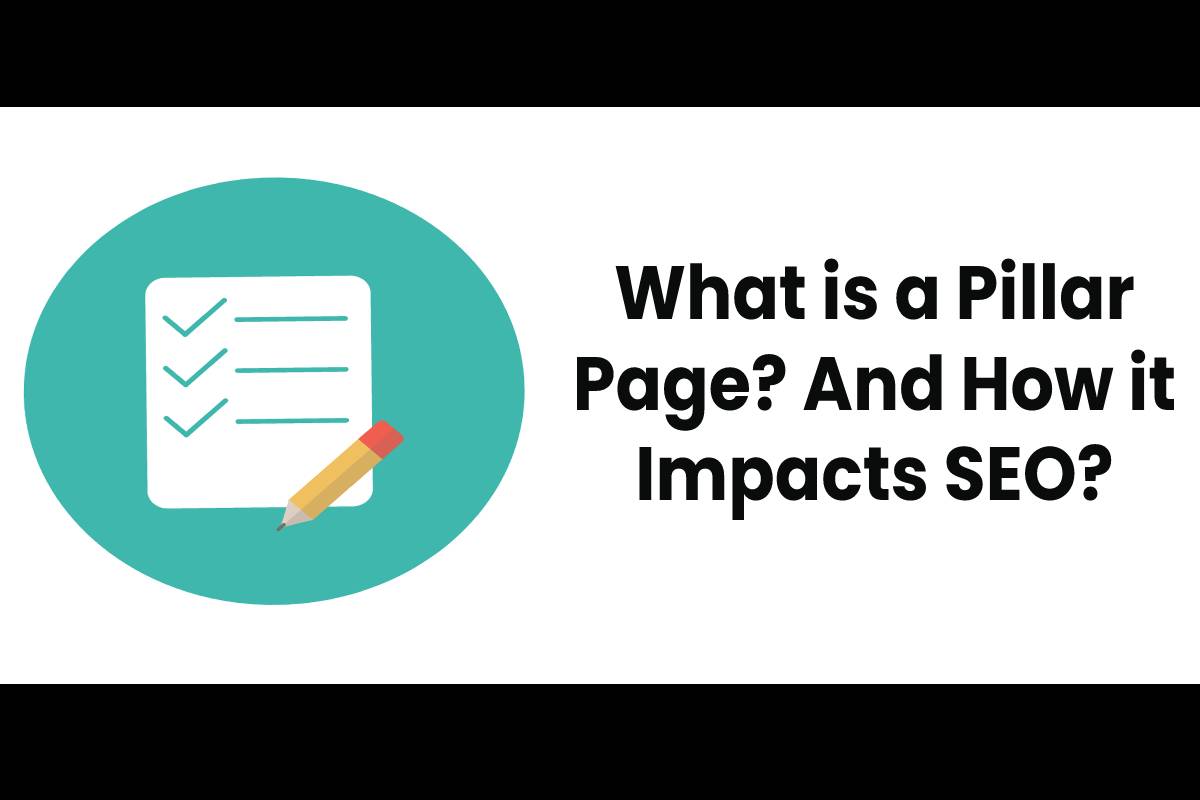The Pillar Page idea is not new, but it started to gain more space beginning in May 2017 when HubSpot began publishing content related to the Pilar Pages and topic groups.
Over time, there has been the transition from a keyword-focused strategy to a new strategic model based on related topics (topic groups). And linking all topics to a single page (pillar page), which helps brands improve the SEO ranking of the products and services they offer.
Table of Contents
What is a Pillar Page or Pillar Page
A-Pillar Page or Pillar Page is a page that presents an overview of the content of your website. The page covers all aspects of a particular topic without going into too much detail. However, it offers your visitors the opportunity to get more detailed information on a topic through links to various blogs or cluster content, which expose multiple issues related to the main subject in more detail.
In essence, a pillar page is the master page that will cover all the related topics or the cluster’s content on a single page. The pillars page touches on all related cluster content without going into too much detail.
What is a Pillar Page for?
Pillar pages serve to effectively organize web content and help search engines quickly determine and rank your topic. It is essential because Google, for example, does not favor sites that have difficulty deciding on the matter.
Also, the Pillar Page serves to offer a more organized and user-friendly experience for your audience. These pages work as a roadmap for the rest since it shows all the site content. For navigability purposes, it is the correct way to structure the page.
The level of organization of the Pilar pages makes it easy for the audience to find what they are looking for, which increases user engagement. Also, there are other SEO benefits that pillar pages provide:
- If you create information concentrated on a single topic, Google will rank them favorably
- Your visitor and search engines can have an overview of the content and then expand the information
- You will be able to get more prospects organically as long as your content generates value and solves the needs people are looking for.
- Show that you are an expert on a topic. It gives you authority and increases your audience’s engagement.
The Pilar and Topic Clusters Pages
Cluster is a methodology used to organize various content pages on your website in a clear and easily visible way for your potential customers.
A cluster can remain compared to many grapes, and the trunk of the plant would be the main page. And it is mainly that this new method of strengthening your authority concerning Google works: you organize your content so that the topics remain agglomerated in a clear and complementary way. How is it done? Through issues for all the content you have compiled on the same subject, it contains your Pillar Page links.
That is that content organization remains given in the following way for each chosen issue:
- Pilar Page dense and organized that mentions everything related to a specific topic
- Complementary articles that delve into each topic
- Links between the Pilar Page and those complimentary articles
How SEO Impacts a Pillar Page
If you want to be in the search engines’ first results, you must adapt to the changes. In this sense, now you must focus your SEO strategies on the topics.
- Of course, there are many SEO strategies that you should continue to use:
- Offer valuable content to your visitors
- Enhance the loading speed of your website or blog
- Decrease the abandonment rate, avoiding elements that make the user leave the site.
- Find and use suitable keywords
How to Write on a Pillar Page
A Pilar page is similar to blogs, which you produce daily, but the difference between them is that they are merely more complete. The Pilar pages are practically an eBook in post format – or a post as comprehensive as an ebook.
How to write a Pillar Page, the first thing to consider is your content strategy.
Step 1: Define the topics of interest of your Buyer Persona
Like any content strategy, the Pillar Page should also remain focused on your Buyer Persona. If you haven’t defined them yet, this will be your first step. You can’t do anything if you don’t know who you’re talking towards.
Step 2: Develop the content of your Pillar Page
In this step, the most important thing is the content of the Pilar Page. Then you must define the format in which you are going to offer that content: it must be a scannable format and, preferably, educational.
Here, the best recommendation is: Imagine your Pillar Page as a kind of vertical eBook.
Throughout the content, you will answer the questions of your prospects while directing them to specific topics. This addressing remains done through particular chapters that contain hyperlinks that redirect to more in-depth content.
Step 3: Enhance your Pillar Page
For your Pillar Page to remain seen as an authority, you must build the building around it. It means that you must link it to various sources. The primary sources are your site and third party sites.
Source 1: Reserved (internal links)
A good source of links is from your website. To do this, include links on your Pillar Page about content that is related to it. Also, it remains recommended that you create a typical article.
What do we mean? You can create new content ideas based on your Pillar pages. That is, whenever you have doubts regarding new content, check your Pillar Pages: what types of new content can enrich your Pilar Page, or can you create useful links for it?
Source 2: Third party sites
Do you want to blow up your Pilar page? So, direct your efforts in creating links that lead visitors from other sites to yours. There are two ways to do it, the passive mode and the playful way.
Passively, you will probably receive backlinks on your platform that you may or may not approve. That means someone is going to mention your page and link to it in their article. In this case, you have to support the inclusion of the association, and that’s it. But this happens very infrequently.
It is why you must actively work on building your backlinks. To get backlinks from other sites, you can use various tactics. The most used is the e-mail itself. What you should do is find an article that could be a useful link for your Pilar Page (that talks about the subject, for example), and send an e-mail to the person in charge and suggest that they include their link.
Remember: Pilar pages have the functionality of increasing the visibility of their content by mentioning links in keywords. It is essential as search tools like Google understand that the more connections remain directed to your Pillar Page due to keywords, the more content relevant the site is.









